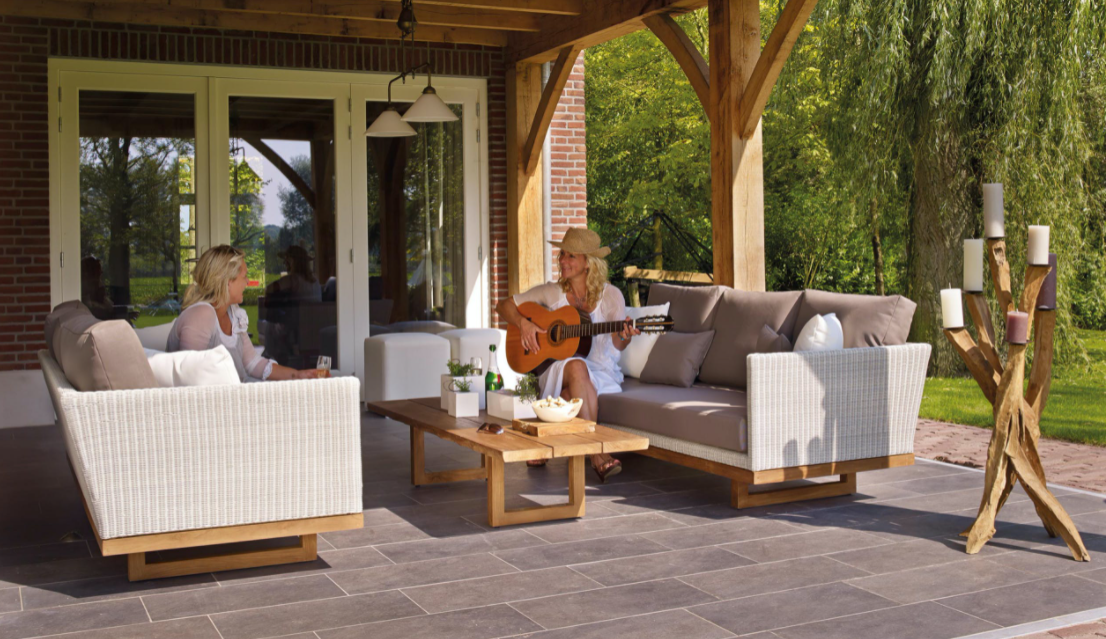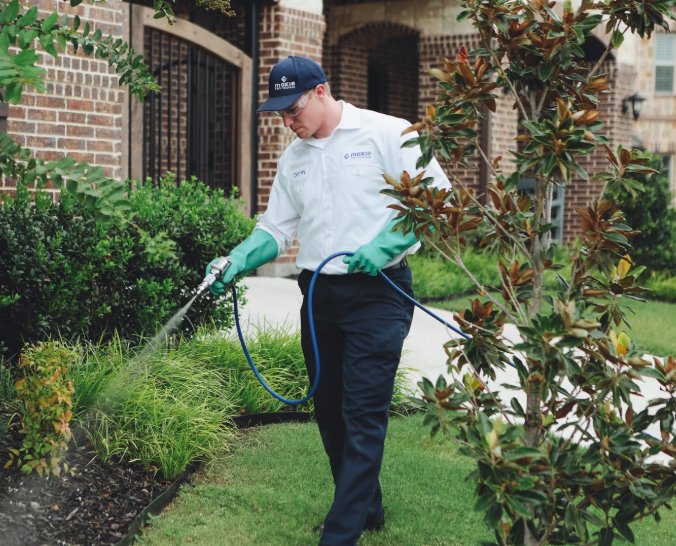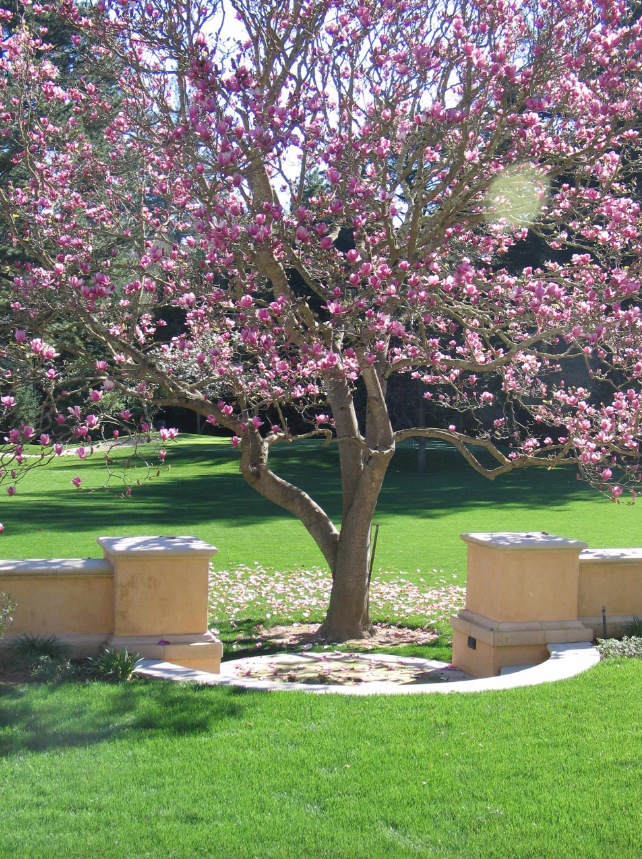How to Achieve Timeless Beauty with Stone Pointing and Brick Pointing
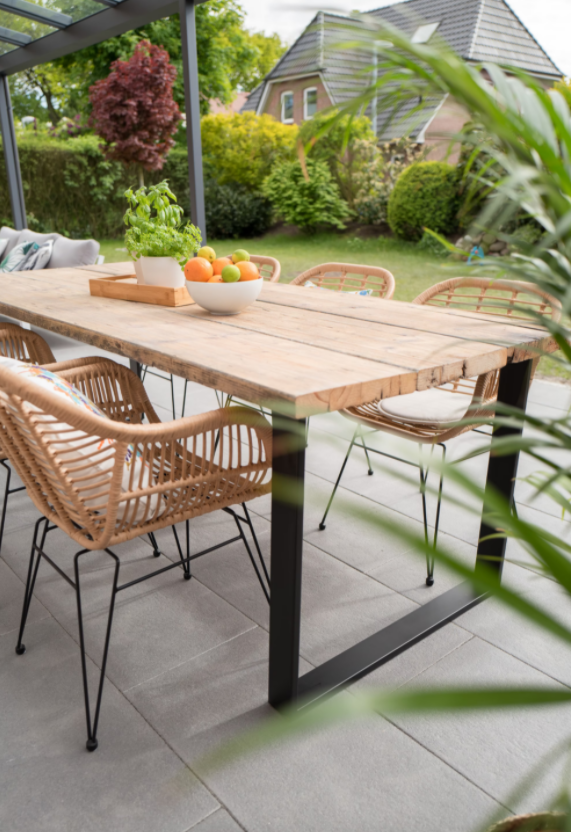
Attention to detail is a massive part of pointing with brick and stone structures, creating a striking product compared to standard construction projects.
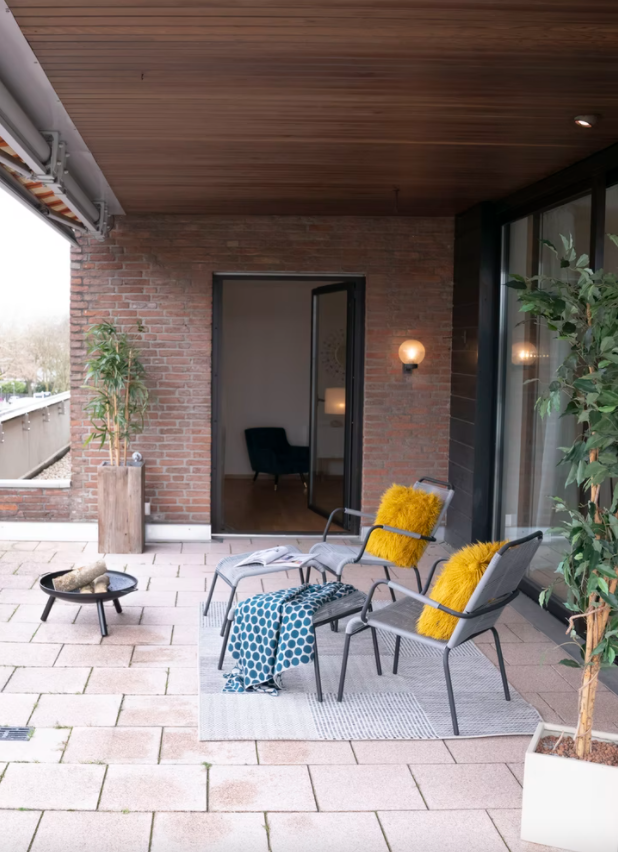
Pointing is a vital component that speaks largely to masonry’s aesthetic and integrity. Defining the act in laypersons’ terms, pointing is an art whereby contractors fill gaps in the stone or brick with a suitable material like mortar. What seems mundane requires a precise execution to transform a surface into art.
There should be no misperception that pointing is strictly based on aesthetics. The work is not merely for appearance purposes; it serves a multitude of benefits that add to a project’s function and extends its longevity.
We’ll strive to understand the meaning of pointing, its many advantages and the various types, along with the purpose behind the art of pointing. This will give homeowners a greater appreciation and more details on the significance of the technique. Go here for guidance on repointing methods.
Pointing Techniques for Achieving Visual Appeal
Pointing is a technique for improving the overall aesthetic and integrity of a structure. Many are unaware of the varied types of pointing techniques and that their primary purpose reaches beyond appearance to have far-reaching advantages.
Simply put, the art of point is a technique in which the contractor fills the gaps that appear in stone and brick mortar over time. The task can be tedious, but the effects are advantageous, as they extend longevity and functionality upon project completion.
Varied types each offer an individual visual aesthetic and utilitarian advantage. Learn how to repair mortar joints here. Then, follow here for the types of pointing used in masonry.
Flush
Widely used in the masonry field, it is a durable technique where the raked joints are filled with excess carefully removed to reveal a seamless result. The joint should be flush with the masonry face, creating a stunning appearance.
Following this process and eliminating gaps where dust and water can accumulate, flush pointing extends the structure’s longevity and improves surface cleanliness.
Recessed
This is a visually pleasing technique in which the raked mortar is filled and then pressed inside the surface with a specific tool. It creates a roughly 5mm or greater depth while the rest remains vertical. It’s a distinct aesthetic offering recessed joints that bring depth and shadowing to the appearance.
Beaded
With beaded pointing, a concave groove tool is incorporated when mortar is added to the joint and pressed into the surface, creating concave grooving. A beading effect is the final result in the mortar joint, bringing a touch of elegance to the surface aesthetic.
While this technique is ideal to add to the structure’s visual appeal, it’s also one that can be greatly susceptible to damage than other pointing types.
Struck
With this method, the contractor takes two steps to achieve a particular surface profile. Initially, the joint is filled and pressed to match the masonry face.
In the second part of the process, the joint’s top edge is pressed inward to establish a roughly 10 mm slope differentiating it from the bottom corner. The slope lets the rain drain quickly, reducing retention on the surface.
Rubbed, grooved, keyed
Rubbed, grooved, and keyed pointing is similar to the flush method. The raked joint is leveled after being filled with mortar, making it even with the brick or stone face. The primary difference is that a special tool referred to as a “pointer” is incorporated to form a groove in the center.
The visual element adds a unique aesthetic, making this one of the favored techniques for both appeal and function.
Tuck
With the tuck approach, the filled joint is again grooved at the joint’s center, but with this method, the dimensions are specific: roughly “5 mm wide and 3 mm deep.” The groove is then “tucked” with white cement putty, with only a 3 mm projection remaining.
The appeal is in the contrast between the white putty and the mortar, highlighting the overall surface aesthetic.
V pointing
V pointing and keyed pointing are similar in technique. The method starts with the mortar filling the joint and being pressed into it, allowing for a flush result.
What distinguishes this technique is a subsequent V-shaped groove formation inside the joint created with a V-shaped instrument, thus the name for the process.
Weathered
With a weathered approach, the joint is filled, and the mortar pressed. However, while it’s still fresh in the early stage, the horizontal joints are carefully pressed along the top portion roughly 3-6 mm with a pointing tool. The resultant sloping from top to bottom of the joint gives the illusion of weathered or won edges.
What Are the Benefits of Pointing with Brick and Stone
Pointing in brick and stone can not only add a visually appealing flair to a structure but also play a vital role in improving its durability and functionality. When the gaps are adequately filled, it contributes to the quality and value of a property. Here are the key advantages of the many pointing types in construction.
- Buildings become strong and secure with improvements in structural integrity when pointing techniques are used.
- The processes help to protect exterior walls by adding a layer of weatherproofing.
- The appearance is restored to a like-new condition with a vibrant, appealing overall aesthetic.
- The property value rises. This would be beneficial if you were to sell, as it would create greater interest among prospective buyers.
- The maintenance needs decrease, saving time, effort, and expense.
Some may question the purpose of pointing with brick and stone in construction, but there are several reasons to add this as a layer of care and upkeep. Click for some reasons to repoint brickwork.
A protectant
When mortar joints become damaged or crumble, they can leave the structure vulnerable to damage from the environment. Pointing reinforces these joints, reducing the possibility of damage from the atmosphere, extending their durability, functionality, and longevity.
Improving aesthetics
The improvements made via pointing benefit the wall’s appearance, showcasing the joint depth, pattern, color, and texture.
Weatherproofing
Gaps that develop over time leave the property exposed to rainwater or dampness. These techniques seal the gaps and prevent moisture from entering the joints. This improves surface resistance to external conditions.
Strengthening
When joints are reinforced with filled mortar, the overall construction is more stable and stronger. When properly performed, the process preserves the structural integrity of the property, keeping the underlying surface safe from damage, including the potential for water penetration.
Final Thought
In construction, the term pointing refers to finishing masonry mortar joints of either brick or stone. Mortar’s longevity is less than that of the material it holds together, making it necessary to periodically replace it using qualified, reputable professionals like those at a Stone Masonry Company.
Repointing the deteriorated brick or stone, when properly performed, restores the masonry’s visual appeal and physical integrity, which extends its longevity.
The investment in external restoration is relatively low when considering the advantages of the process. These include a reduction in structural defects leading to extensive and expensive repairs. There’s also a rise in property value with the increased interest from prospective buyers with resale.


